Sun bears are a species of bear native to forested areas in Southeast Asia. Just like their neighbors in India, the sloth bears, sun bears – also called “Malayan sun bears” – are black colored with a lighter patch of fur on their chests.
However, sun bears have much shorter fur, and very small ears, where sloth bears have long fur and floppy ears. Much like their sloth bear neighbors, sun bears are particularly fond of honey, even to the point of earning themselves the nickname “honey bear.” Read on to learn about the sun bear.
Description of the Sun Bear
Most sun bears have short, black fur, though some are more reddish or gray in color. Most of these bears have a V-shaped patch of light fur on their chests, which ranges in color from cream to tan.
Of all the bear species, sun bears are the smallest. Males weigh a maximum of 176 lbs. and both species range between 60 – 176 lbs. and measure just 47 – 59 in. long. Though small, they have an exceptionally lengthy tongue, which measures 8 – 10 in. long.
Interesting Facts About the Sun Bear
These small bears are bears all the same, and they have a number of important traits that help them survive. Learn more about this unique bear species below.
- Sir Slurps-a-Lot – Why do these small bears have such long tongues? The better to lick you with! Well, lick insects that is. Long tongues are particularly useful when you are trying to reach a nest of larvae deep down in a rotting log, or when you are trying to clean every bit of honey out of a honeycomb.
- Lovebirds – Amorous sun bears do some odd behaviors when they’re feeling the love. When a pair of bears are trying to figure out if they’re compatible they will go through a number of courtship rituals. Some of the behaviors two lovebirds (or love-bears) will do are hugging, bobbing their heads, and play-fighting with one another.
- Bear-Bile – In parts of Asia, bile from the gall bladder is a popular ingredient in Traditional Chinese Medicine. This product is so popular that bears are kept in large-scale farms for the purpose of “harvesting” bile, gall bladders, and other products. People even use the bile in shampoos, cough drops, and soft drinks.
- “Sun” Bear – These bears don’t get their name because they love to work on their tans. Nor are they called sun bears because of their sunny disposition. Instead, their name comes from the crescent-shaped markings on their chests, which are commonly yellowish in color. The marks bear a slight resemblance to a rising sun.
Habitat of the Sun Bear
This bear species relies heavily upon the insects that they feed on. Some habitats have more prolific populations of bees and other prey than others. Their primary habitat is tropical rainforest for this reason. Deforestation has caused their prime habitats to be patchy and distant from one another, so the bears have spread into tropical evergreen forests as well.
Distribution of the Sun Bear
These bears are found only in Southeast Asia, and humans have pushed them out of much of their former range. They range from northeast India to parts of China, as well as the islands Sumatra and Borneo. Much of their range is patchy and fragmented because of urban development. This means that the populations cannot reach each other to reproduce, and they can become inbred, reducing genetic diversity.
Diet of the Sun Bear
Sun bears are very reliant upon the consumption of bees and honey. Insects make up a large part of their diet, and they commonly feed on termites, insect larvae, and ants. Fruits and nuts also make up a portion of some meals, and they are particularly fond of figs. In some areas, fruits make up nearly half of the bears’ diet. When given the opportunity, they will also prey on birds, turtles, other reptiles, eggs, and deer.
Sun Bear and Human Interaction
Humans are by far the biggest threat to sun bears. Poaching and deforestation are equally devastating to these bears, and are the primary causes of population decline. People cut down rainforests for both logging, and to make room for agricultural development, reducing the amount of habitat available to bears. At the same time, poachers hunt the bears to sell their coats and other body parts on the black market.
Domestication
Though some people farm them for bear bile, humans have not domesticated sun bears in any way.
Does the Sun Bear Make a Good Pet
No, sun bears do not make good pets. Even though they are small, they still have long, sharp teeth that can easily injure a human. It is also illegal to own a sun bear as a pet.
Sun Bear Care
Like other threatened species, sun bears are part of a breeding program in zoos known as a Species Survival Plan (SSP). The SSP allows zoos to find good genetic matches between bears when breeding, so that the offspring are the most genetically diverse, or least closely related. This helps ensure their offspring are strong and healthy.
The zoos provide bears with large enclosures, and plenty of environmental enrichment to keep them mentally stimulated. Happy bears are more likely to produce healthy cubs, and help ensure the survival of the species.
Behavior of the Sun Bear
Unlike some other bear species, sun bears are active year-round and do not hibernate. Food is available all the time in tropical rainforests, so they have no need to hibernate. Instead, they remain active, usually during the day, making them diurnal.
Most bears are solitary, though they can be social in a zoological setting. During the night they are active for short periods, but usually sleep up in the trees or hidden beneath hollow logs.
Reproduction of the Sun Bear
After a period of courtship, male and female bears will mate. Most females do not reproduce until they are at least three years old. The gestation period can last anywhere from three months to nearly six months, depending on the age and environmental conditions.
Most litters contain one or two cubs, which are born blind and helpless. They will nurse for a year and a half before weaning off of their mother’s milk.

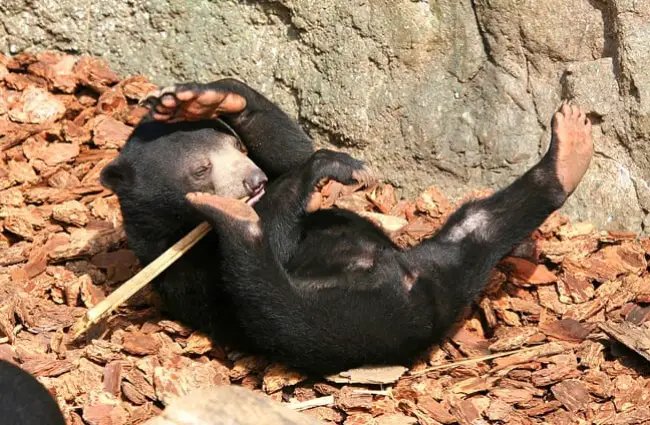
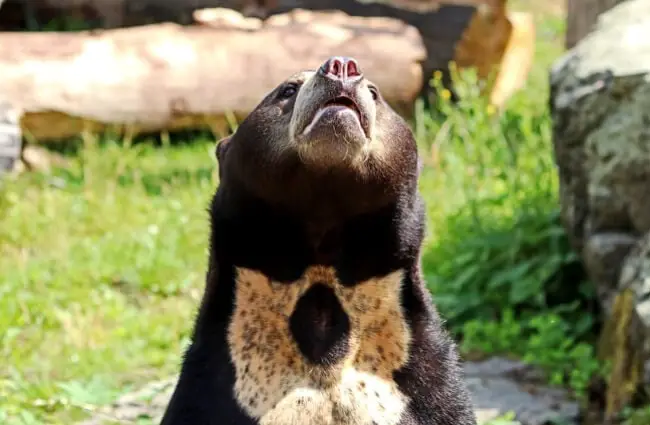
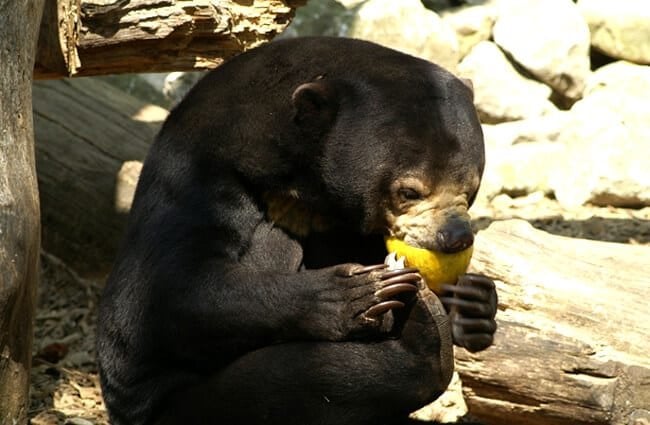
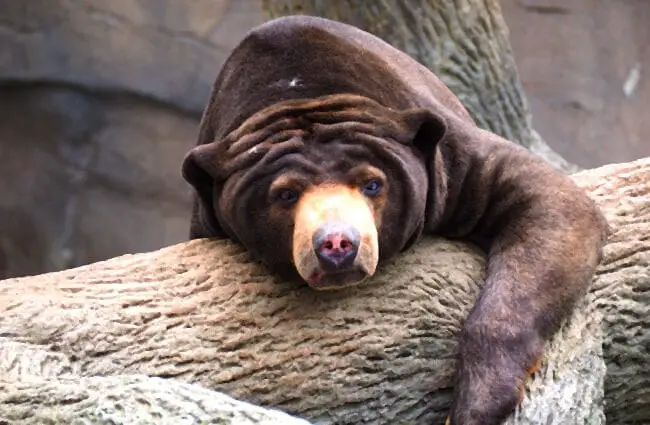
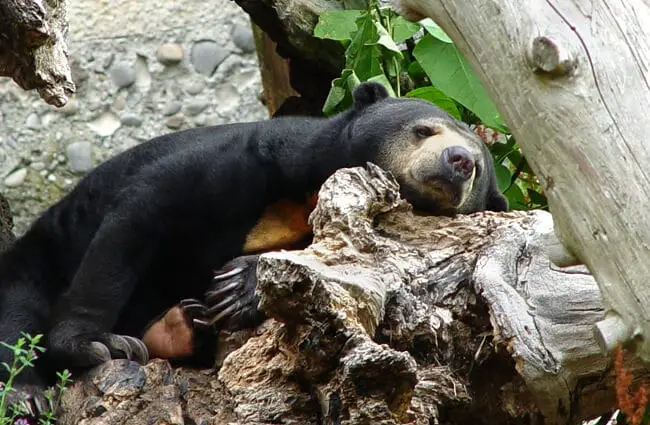
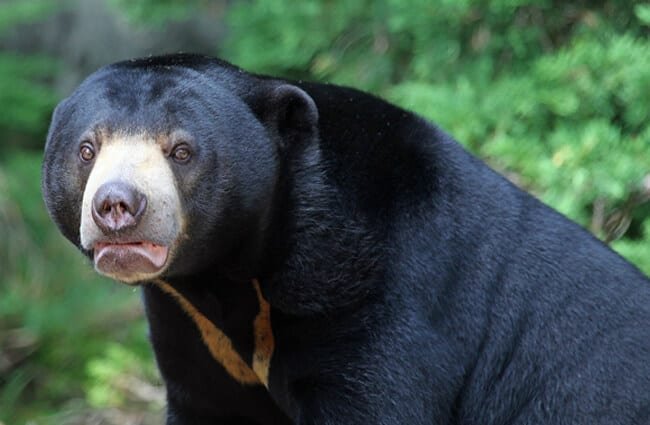


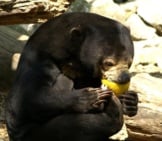


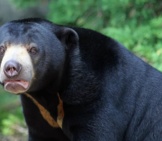
![Red Angus Closeup of a beautiful Red Angus cowPhoto by: U.S. Department of Agriculture [pubic domain]https://creativecommons.org/licenses/by/2.0/](https://animals.net/wp-content/uploads/2020/03/Red-Angus-4-238x178.jpg)












![Red Angus Closeup of a beautiful Red Angus cowPhoto by: U.S. Department of Agriculture [pubic domain]https://creativecommons.org/licenses/by/2.0/](https://animals.net/wp-content/uploads/2020/03/Red-Angus-4-100x75.jpg)

